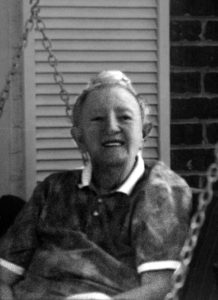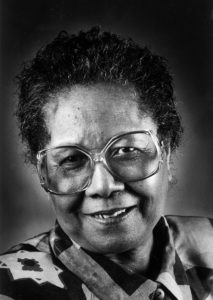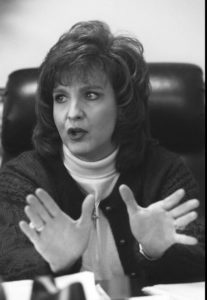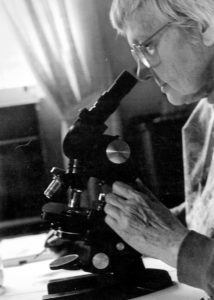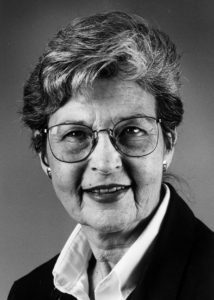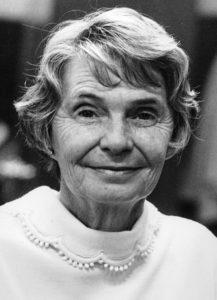Women of Achievement
1995
VISION
for a woman whose sensitivity to women’s needs
led her to tremendous achievements for women:
Dr. Theresa Okwumabua
Dr. Theresa Okwumabua has witnessed firsthand the tragedies of ignorance, the lack of education and low self-esteem in young girls. In her professional career as a psychologist, she has gone above and beyond to make a difference in the personal lives of teen mothers and has systematically worked to provide learning where none existed, to provide hope where all had been lost, and specifically to reverse the vicious cycle of recurrent teen pregnancy.
Theresa was employed by Memphis City Schools Mental Health Center in August 1990 to head the mental health team at the Adolescent Parenting Program. At the beginning, she had two social workers and served a limited number of teen parents. In four years, her staff expanded to include eight social workers, one community advocate and two support people.
During her first year, Theresa was responsible for implementing the Student Enrichment Period – a non-graded class time for young parents in which social workers led group discussions about issues such as problem-solving, conflict-resolution, decision-making and interpersonal relationships.
Theresa’s vision led to a program called “Look at Me.” With a federal grant, the mental health team works with pregnant teens who have quit or are dropping out to return to school and stay in school for a period of 24 months with progress toward high school graduation.
Another program Theresa initiated and received a grant to fund is called “Project READ” which teaches students how to read to their children. Teen parents increase their reading skills and learn how to spend quality time with their own children.
Through yet another grant, Theresa initiated another program called “Rites of Passage.” It uses an African-American perspective and tribal/cultural methods to teach adolescents about health, social and education issues, and personal and familial responsibilities. “Rites of Passage” is being adopted as a statewide model for program intervention and Theresa’s book about the concept will advance it nationally.
Theresa’s bright vision for at-risk teens includes college attendance, independent living and a life of purpose that had previously seemed beyond their reach.
Theresa chairs the Memphis Beat the Odds program, a local version of the national program begun by the Children’s Defense Fund.


